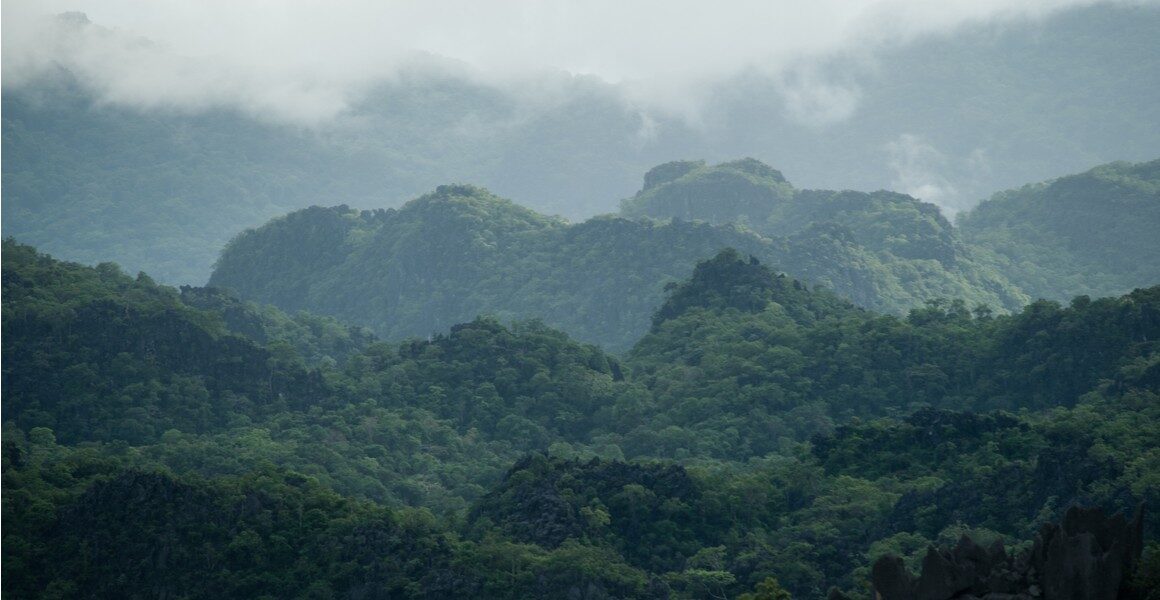
Researchers analysed fossilised teeth discovered in Laos, revealing that these humans ate fruits and meat as part of an omnivorous diet.
Comment: It has been found time and again that humans who, for whatever reason, ate a high carbohydrate diet, suffered for it: 25,000 year old human jawbone discovered in Indonesian cave oldest found in Wallacea, dental problems reveal heavy carbohydrate diet
Early modern humans were in Southeast Asia were eating a wide range of foods to help them survive in rainforests.
An international team of researchers found that our Southeast Asian relatives were eating a range of plants and animals over 60,000 years ago, setting them apart from the largely meat-based diet it has previously been suggested many other populations of humans were eating at the time.
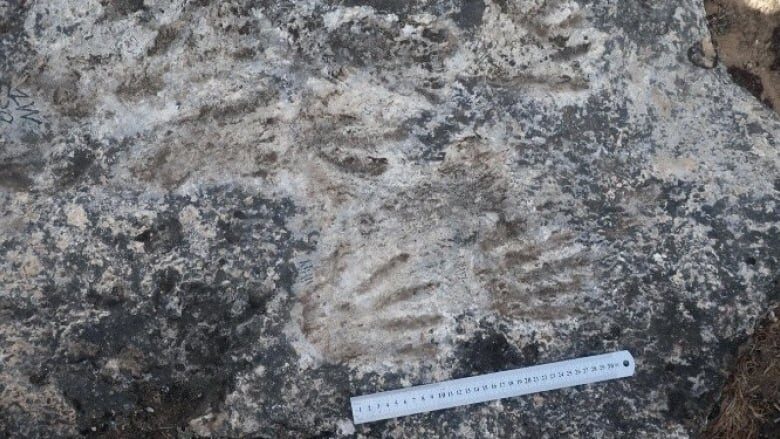
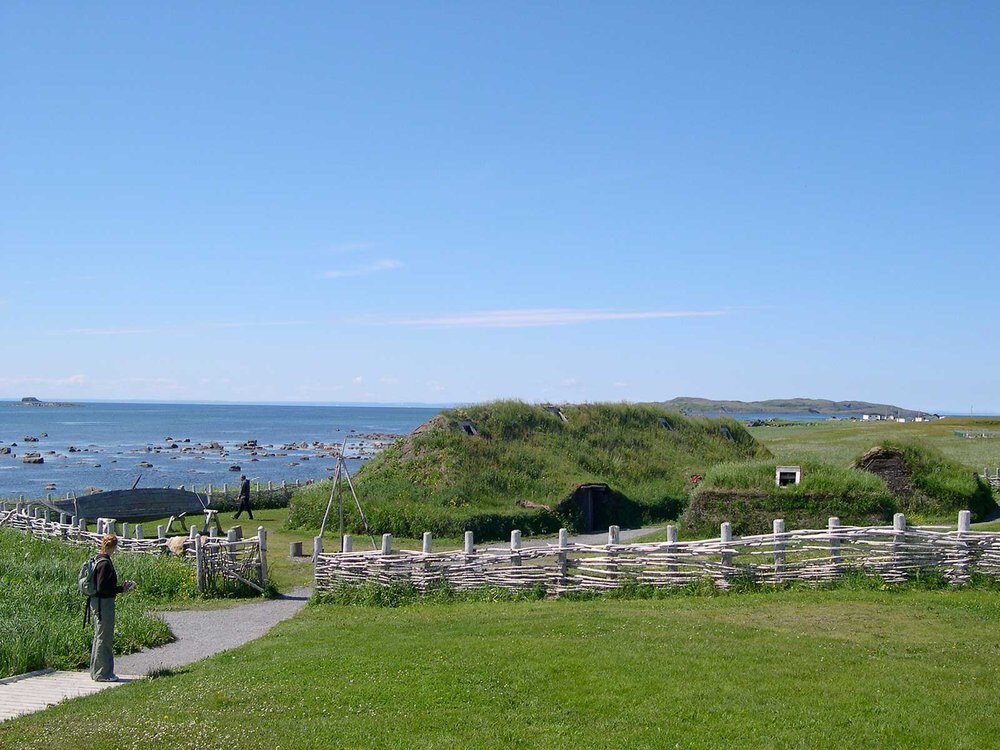

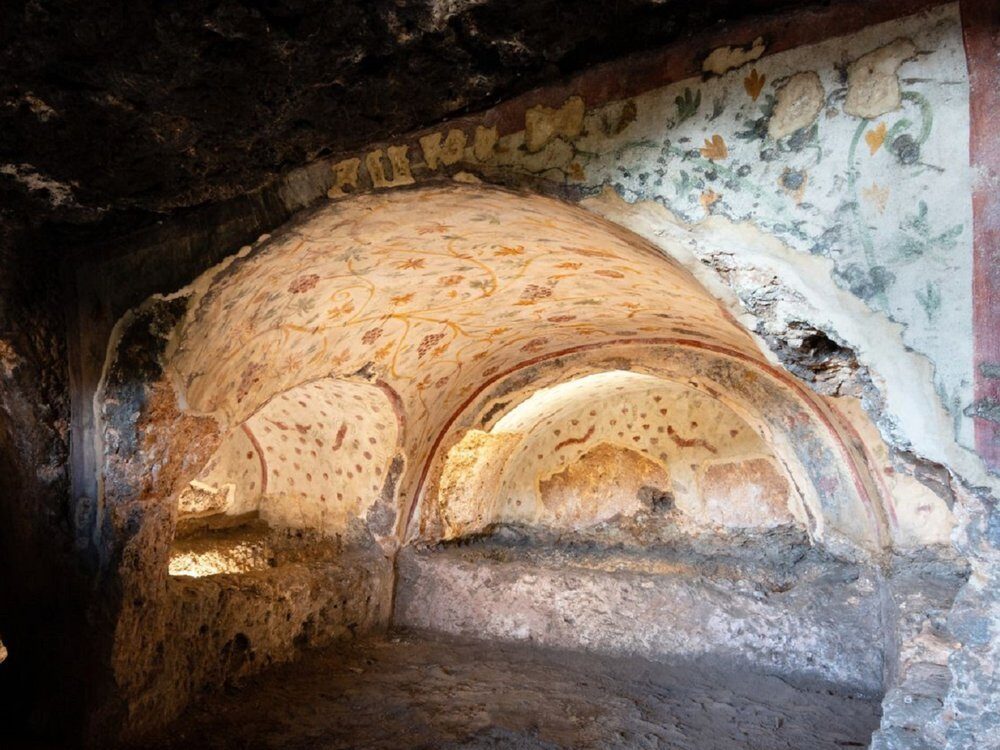
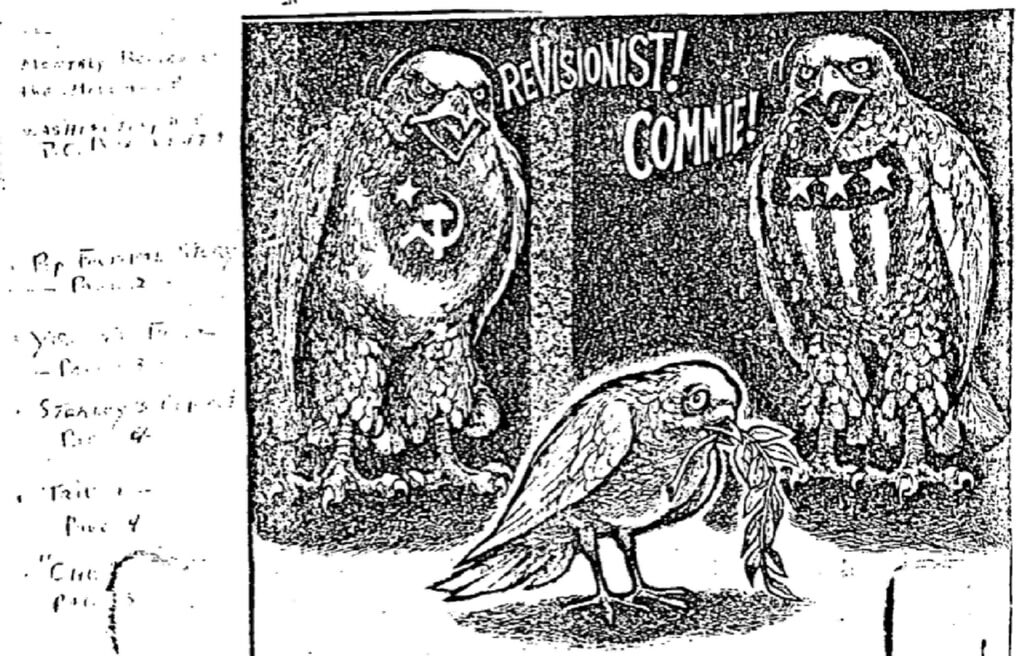
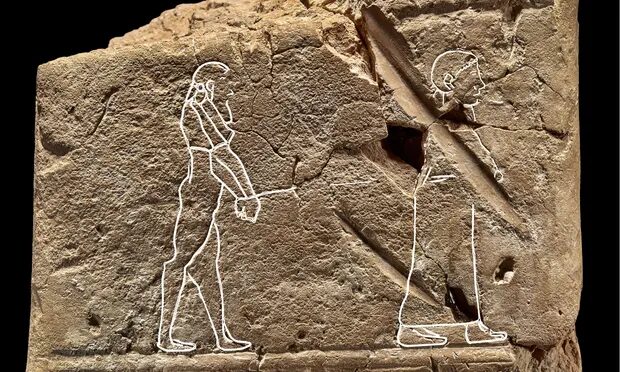
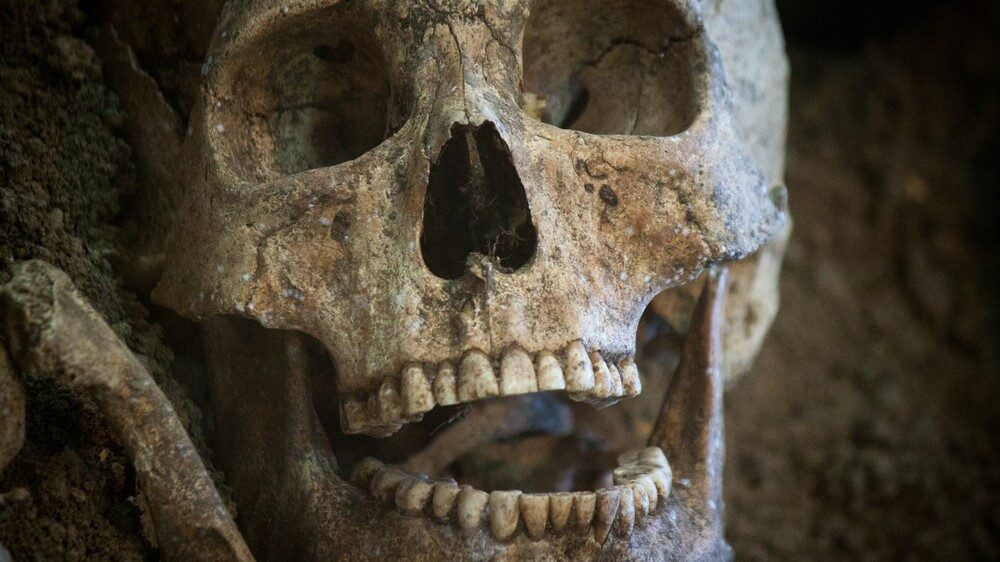
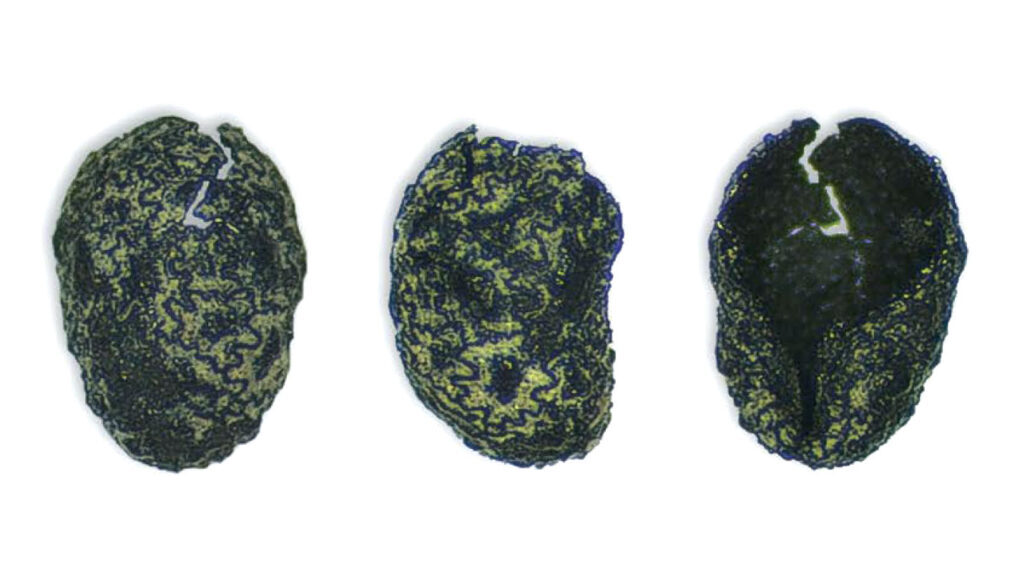
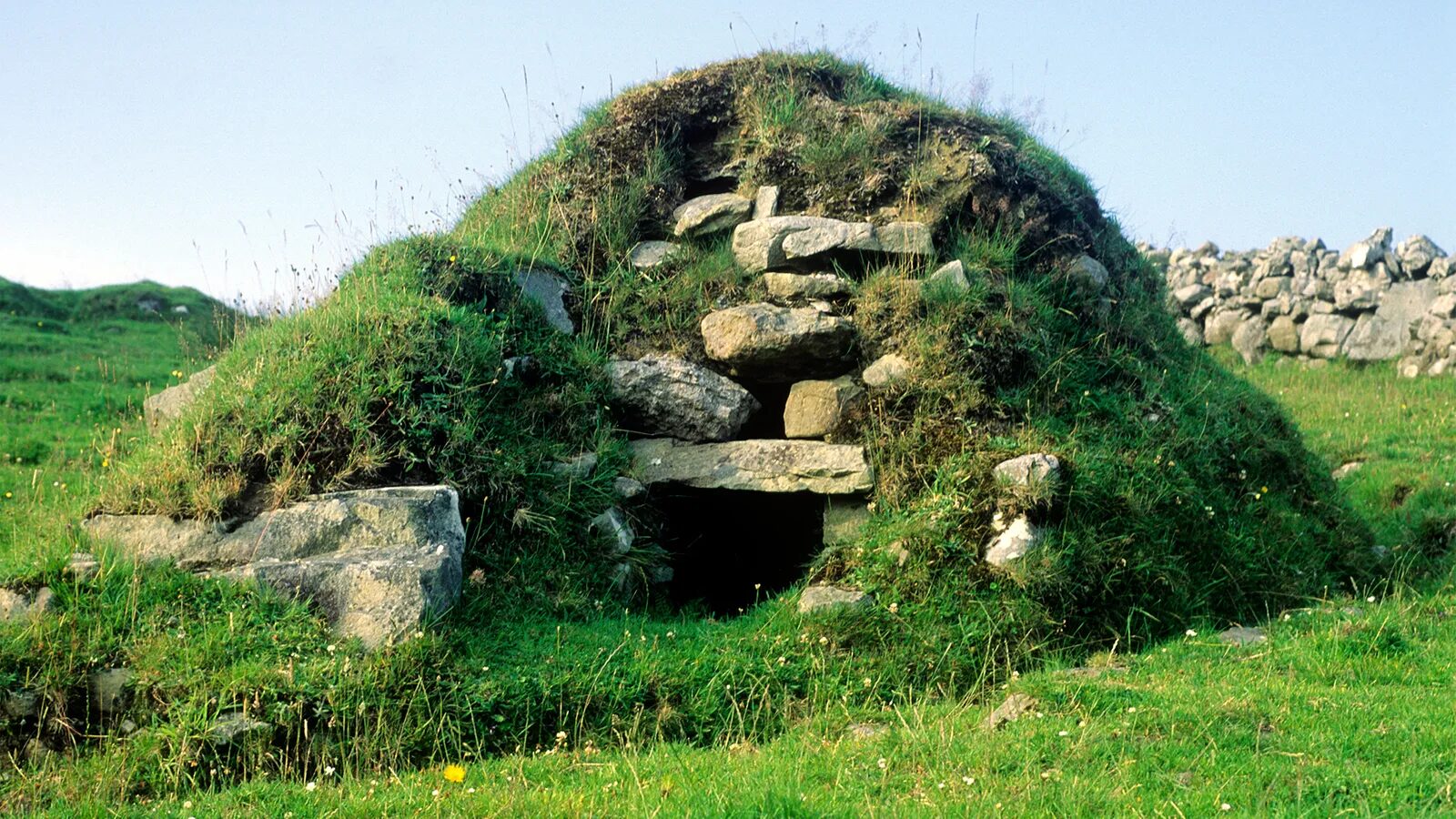



Comment: See also:
- 35,000 year old cave paintings may depict ice age sign language
- 42,000 year old cave painting in Indonesia may be world's oldest known figurative artwork
- 7,200 year old remains found in Indonesia belong to a vanished human lineage
- 300,000-year-old stone tools found in Saudi Arabia, when the area was a lush savannah
- Darwinism, Creationism... How About Neither?
And check out SOTT radio's: